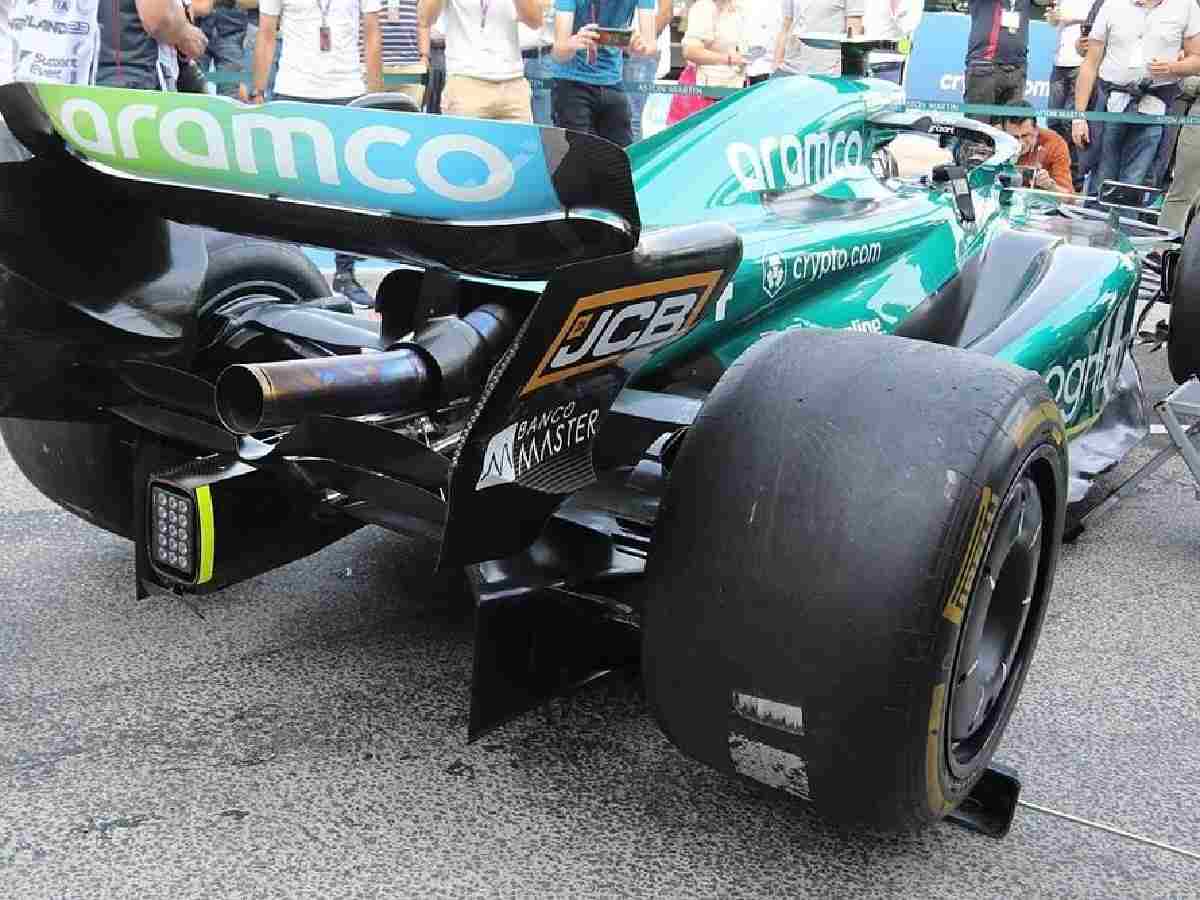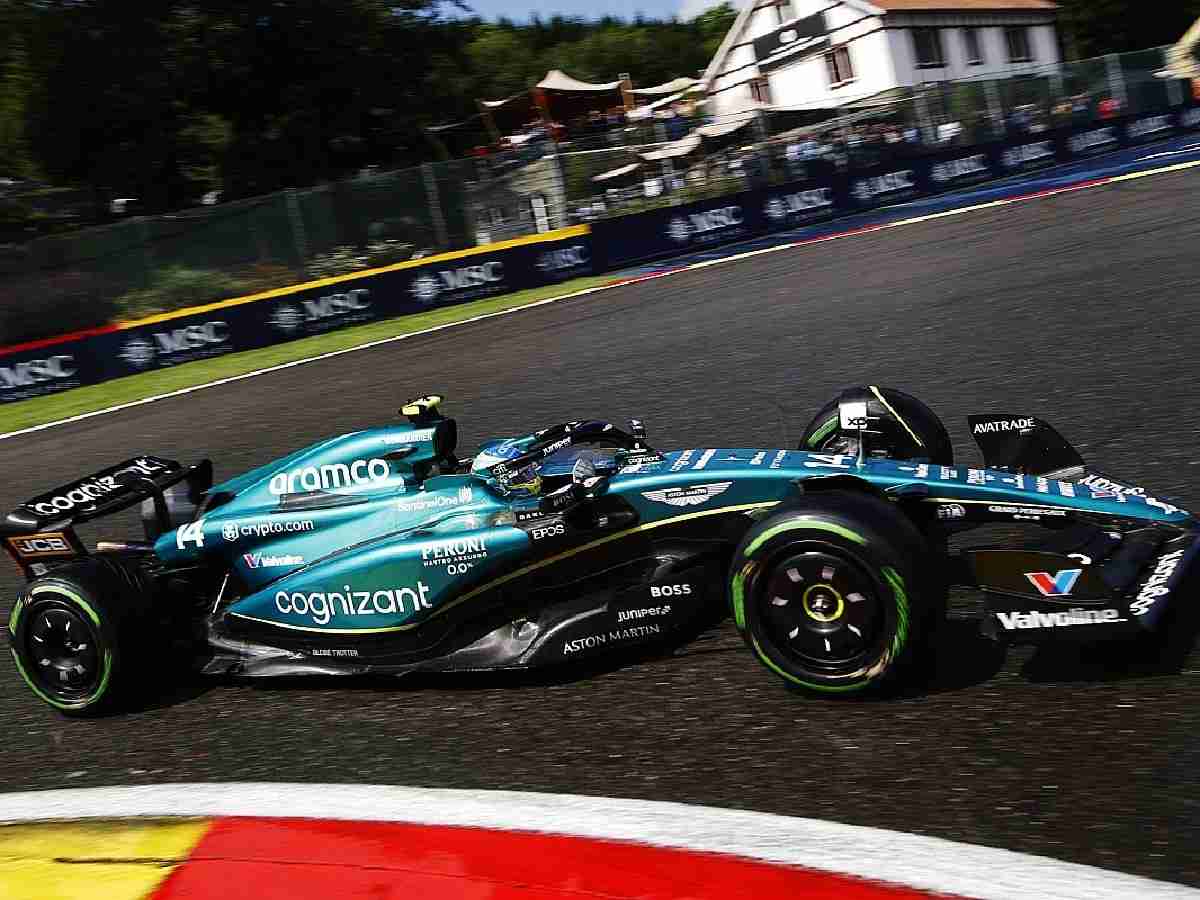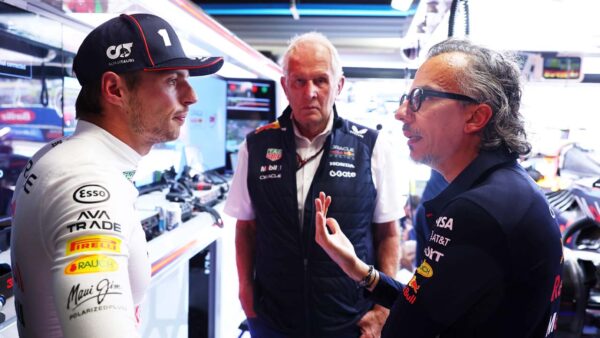Aston Martin to enhance trick winglet design following Dutch GP failure
Aston Martin embedded a bowtie winglet under AMR23's rear crash structure.

Aston Martin's winglet (Image credit: Autosport)
🔍 Explore this post with:
Positioned beneath the AMR23’s rear crash structure, designers seamlessly integrated a sleek bowtie-style winglet. This innovative addition works with diffuser surface tweaks, showcasing meticulous engineering. While unused in races, Aston Martin’s commitment highlights its promising benefits. The decision not to race it shouldn’t diminish the potential advantages of this thoughtfully integrated component.
Aston Martin performance director Tom McCullough mentioned that the addition had been primarily an experiment aimed at assessing its aero effects in that specific area. He explained that it didn’t demonstrate the desired level of reliability during track testing, leading the team to decide on its removal as a precautionary measure, at least for the time being.
“It was just an experiment really to see from an aero side whether it was producing the suction that it should have been producing in that area. Unfortunately, it wasn’t quite reliable enough out on track. So we decided just as a precautionary thing to remove it for the moment,” McCullough told Autosports.com.
Tom McCullough addresses the winglet removal decision and plans for Aston Martin

This was evident through Aston Martin’s necessity to reengineer its pit equipment due to the winglet’s introduction. A completely revamped rear lifting jack was observed in the Zandvoort pit lane, underscoring the profound impact of this innovation. The intriguing question remains whether other teams will find the winglet significant enough to warrant similar exploration. It was considering the substantial investment needed not only for its integration.
Tom McCullough mentioned that they were actively investigating the matter. He further explained that the situation was significant, leading them to remove it. He clarified that this was essentially a test element incorporated into the update package. They intended to capitalize on the various loopholes within the regulations that permit the incorporation of additional performance. He mentioned their plans to explore a more comprehensive and sturdy resolution.
“It was cracking. So we elected to take it off. It was more a test item, part of the update package, so just trying to exploit all the little areas in the rules that allow you to sneak as much performance in as you can do. We’re going to look at a more robust solution,” he continued.
In case you missed it:
- Adrian Newey declares Max Verstappen as one of F1’s all-time greats
- Liam Lawson and Daniel Ricciardo considered for AlphaTauri’s 2024 season amid team rebranding







